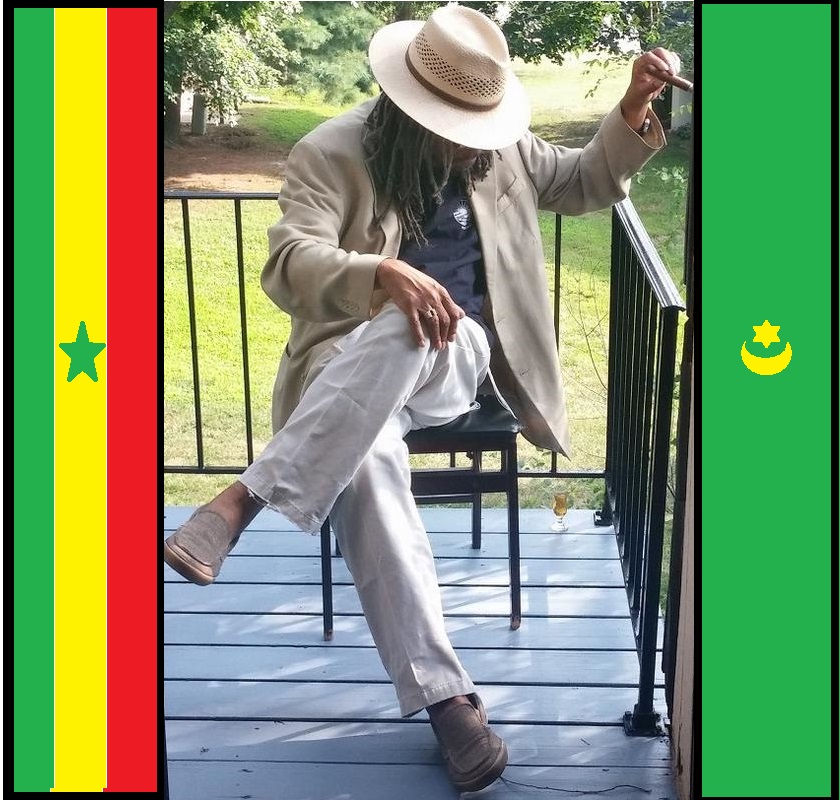Post by imhotep06 on Aug 2, 2010 14:13:16 GMT -5
The problem with the above statement in regards to Sumer is that more than one scholar has associated the Sumerian language with Niger-Congo and others to proto-Bantu. The most thorough examination has been done by Dr. GJK Campbell-Dunn in his works: Sumerian Comparative Grammar and Sumerian Comparative Dictionary. Both books is comparing Sumerian with Niger-Congo languages.
Another study worth looking at is: Comparative lexical study of Sumerian and Ntu ("Bantu")
Sumerian, the "Sanscrit" of the African Ntu languages. Published 1935 by W. Kohlhammer. There is also a study in Robin Walker's "When We Ruled" comparing Proto-Bantu and Sumerian.
Sumerian is considered as a language isolate in the middle eastern Semitic languages.
In regards to the ethnicity aspect of the Hebrews, they are exactly who they say they are: a mixed ethnic population who adapted and evolved the Canaanite language. For studies for the linguistic and historical aspects of this discussion you can read A. Joseph Ben-Levi's article The First and Second Intermediate Periods in Kemetic History in Karenga & Carruther's workKemet and the African Worldview. I disagree with him on the Apiru not being the same word as Eber in the Hebrew. The Egyptian gives an indication that they associated similar renderings as the same.
aprw -- an Asiatic people, Apiru [ noun ] D36 - Q3 - G43 - D21 - Z1
apw passing, the stridings [ noun ] D36 - Q3 - G43 - D54 - Z2 (note that the chick sign can also be an /r/)
aprw an Asiatic people, Apiru [ noun ] D36 - Q3 - Z7 - Z4 - D21 - Z1 - T14 - A1 - Z2
aprw an Asiatic people, Apiru [ noun ] J20 - G43 - Z3
All of the renderings of Apiru have the "walking or shepherds" stick which indicate that they do not have a state, that they are simply foreigners. The Egyptians viewed the Apiru as NOMADS, "passers by," who did not have a country, city or state to call their own: otherwise we would see the Niwt sign or the foreign land sign as a determinative.
You can also read Dr. Modupe Oduyoye's work Yoruba Religion: Linguistic Connections in Yoruba, Ancient Egyptian and Semitic languages. Also GJK Campbell-Dunn's Who Were the Minoans: An African Answer. The "Hebrews" are a mixture of Fulani, Kemites from the Nile Delta, Chaldeans and Hurrians who invaded Mesopotamia, Palestine and Syria. They may also be the Aryans who invaded India as well. They are known as your Hyksos of Egypt (Heka Khaswt).
I contend however that the dominant force among the Iber'iym (Hebrews) were infact "white" if we want to use modern terminology. The Song of Solomon makes it clear that the ruling class were not Blacks by this time as the Queen of Ethiopia had to state, "I am Black but comely" and "Look not upon me because I am Black." There is definitely some racism going on at this time. However, a linguistic analysis of many of the stories clearly demonstrate a West African - Saharan affiliation as many of the characters in the old testament are West African deities.
Another study worth looking at is: Comparative lexical study of Sumerian and Ntu ("Bantu")
Sumerian, the "Sanscrit" of the African Ntu languages. Published 1935 by W. Kohlhammer. There is also a study in Robin Walker's "When We Ruled" comparing Proto-Bantu and Sumerian.
Sumerian is considered as a language isolate in the middle eastern Semitic languages.
In regards to the ethnicity aspect of the Hebrews, they are exactly who they say they are: a mixed ethnic population who adapted and evolved the Canaanite language. For studies for the linguistic and historical aspects of this discussion you can read A. Joseph Ben-Levi's article The First and Second Intermediate Periods in Kemetic History in Karenga & Carruther's workKemet and the African Worldview. I disagree with him on the Apiru not being the same word as Eber in the Hebrew. The Egyptian gives an indication that they associated similar renderings as the same.
aprw -- an Asiatic people, Apiru [ noun ] D36 - Q3 - G43 - D21 - Z1
apw passing, the stridings [ noun ] D36 - Q3 - G43 - D54 - Z2 (note that the chick sign can also be an /r/)
aprw an Asiatic people, Apiru [ noun ] D36 - Q3 - Z7 - Z4 - D21 - Z1 - T14 - A1 - Z2
aprw an Asiatic people, Apiru [ noun ] J20 - G43 - Z3
All of the renderings of Apiru have the "walking or shepherds" stick which indicate that they do not have a state, that they are simply foreigners. The Egyptians viewed the Apiru as NOMADS, "passers by," who did not have a country, city or state to call their own: otherwise we would see the Niwt sign or the foreign land sign as a determinative.
You can also read Dr. Modupe Oduyoye's work Yoruba Religion: Linguistic Connections in Yoruba, Ancient Egyptian and Semitic languages. Also GJK Campbell-Dunn's Who Were the Minoans: An African Answer. The "Hebrews" are a mixture of Fulani, Kemites from the Nile Delta, Chaldeans and Hurrians who invaded Mesopotamia, Palestine and Syria. They may also be the Aryans who invaded India as well. They are known as your Hyksos of Egypt (Heka Khaswt).
I contend however that the dominant force among the Iber'iym (Hebrews) were infact "white" if we want to use modern terminology. The Song of Solomon makes it clear that the ruling class were not Blacks by this time as the Queen of Ethiopia had to state, "I am Black but comely" and "Look not upon me because I am Black." There is definitely some racism going on at this time. However, a linguistic analysis of many of the stories clearly demonstrate a West African - Saharan affiliation as many of the characters in the old testament are West African deities.





